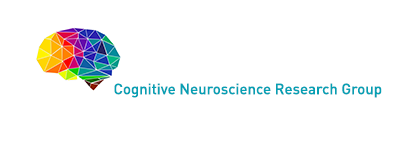PTDC/PSI-PCO/110734/2009 – “Mechanisms of Implicit Learning: From Artificial Grammars to Dyslexia”. Fundação para a Ciência e Tecnologia. Project coordinated by Karl Magnus Petersson (Universidade do Algarve).
In this research proposal we want to establish whether developmental dyslexia is related to an implicit learning deficit, and if so characterize this in detail with respect to the hypothesized problems with implicit structured sequence processing. These objectives will be achieved by utilizing state-of-the-art cognitive-behavioral, eye-tracking, and EEG methodology. We also want to investigate and characterize our newly developed “structural mere exposure” version of AGL with EEG, FMRI, and TMS methodology. Our predictions are that the electrophysiological brain responses and the brain regions involved overlap with those observed in natural syntax processing and that these brain regions are causally related to behavioral performance. We also intend to take this on step further by using eye-tracking methodology. Eye-tracking opens up for the possibility of a “perfect” implicit paradigm, the idea being that the eye-movement patterns will expose the implicit knowledge acquired by the brain, without the necessity to provide participants with any other instruction than to “read” symbol sequences. Finally, we intend to determine if visual impairment contribute to poorer naming performance in dyslexia, both with EEG and eye-tracking methodology as well as with behavioral measures. The eye-tracking methodology will be crucial for our proposed studies of AGL, literacy skills, and dyslexia.
Both comments and pings are currently closed.

